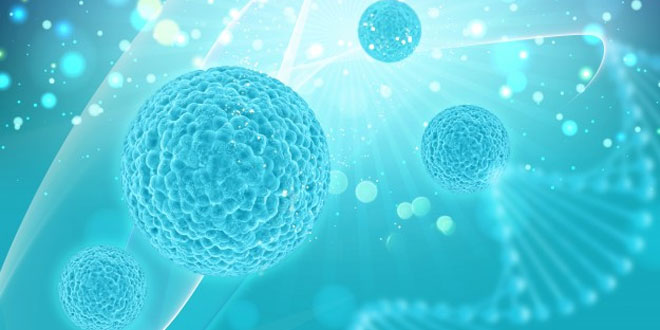Question: How are plant cells different from animal cells?
Answer:
Plant Cell:
- These cells contain cell wall also for protection.
- Chloroplasts a are present.
- Centrosomes are not present.
- Lysosomes are rarely present.
- Nucleus is present in the side of the plant cell.
Animal Cell:
- No cell wall, only cell membrane is present.
- Chloroplasts are not present.
- Centrosomes are present to regulate cell division.
- Lysosomes are present.
- Nucleus is present in the centre of the plant cell.
Question: Who discovered cells and how?
Answer: Cells were first discovered by Robert Hooke in 1665. He observed the cells in a slice of cork with the help of a primitive microscope made by him.
Question: Why is the cell called the structural and functional unit of life?
Answer: Cells constitute various components of plants and animals. A cell is the smallest unit of life and is capable of all living functions. Cells are the building blocks of life. This is the reason why cells are referred to as the basic structural and functional units of life. All cells vary in their shape, size, and activity they perform. In fact, the shape and size of the cell is related to the specific functions they perform.
Question: How do substances like CO2 and water move in and out of the cell? Discuss.
Answer: The cell membrane is selectively permeable and regulates the movement of substances in and out of the cell.
Movement of CO2: CO2 is produced during cellular respiration. Therefore, it is present in high concentrations inside the cell. This CO2 must be excreted out of the cell. In the cell’s external environment, the concentration of CO2 is low as compared to that inside the cell. Therefore, according to the principle of diffusion, CO2 moves from a region of higher concentration (inside the cell) towards a region of lower concentration (outside the cell). Similarly, O2 enters the cell by the process of diffusion when the concentration of O2 inside the cell is low as compared to its surroundings.
Movement of water: Water moves from a region of high concentration to a region of low concentration through the plasma membrane. The plasma membrane acts as a semi-permeable membrane, and this movement of water is known as osmosis. However, the movement of water across the plasma membrane of the cell is affected by the amount of substance dissolved in water.
Question: Why is the plasma membrane called a selectively permeable membrane?
Answer: The cell membrane or the plasma membrane is known as a selectively permeable membrane because it regulates the movement of substances in and out of the cell. This means that the plasma membrane allows the entry of only some substances and prevents the movement of some other materials.
Question: Can you name the two organelles we have studied that contain their own genetic material?
Answer: Mitochondria and plastics are the two organelles that contain their own genetic material. Both these organelles have their own DNA and ribosomes.
Question: If the organisation of a cell is destroyed due to some physical or chemical influence, what will happen?
Answer: Cell is the smallest unit of life, which is capable of all living functions. If the organisation of a cell is destroyed due to some physical or chemical influence, then the ability of the cell to perform all living functions such as respiration, nutrition, excretion, etc. would be affected.
Question: Why are lysosomes known as suicide bags?
Answer: Lysosomes are membrane-bound vesicular structures that contain powerful digestive enzymes. These enzymes are capable of breaking down any foreign food particle or microbes entering the cell. Sometimes, lysosomes can cause self-destruction of a cell by releasing these digestive enzymes within the cells. Hence, they are also known as ‘suicidal bags’.
 Class Notes NCERT Solutions for CBSE Students
Class Notes NCERT Solutions for CBSE Students



